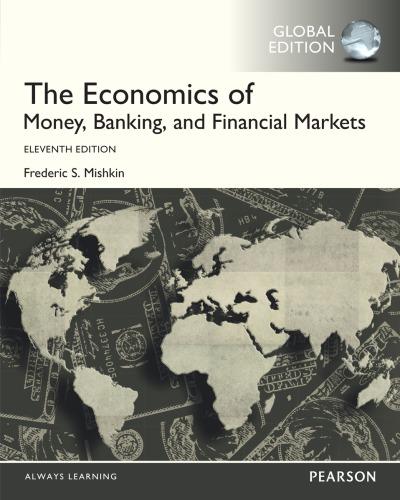

You just sold to a client a custom-made 31-year bond which pays a single coupon of 1M30 years from now and 2M at maturity. You would like to hedge this liability. Assume that the term structure is currently flat at 5%. (a) Your first idea is to synthetically replicate the liability. Construct the hedging portfolio consisting of the following bonds paying annual coupons: The par values of the three bonds are 100. (b) You consider instead duration-based hedging. Assume that you have 10- and 15year zero-coupon bonds available, with par values 100. Construct the hedging portfolio of the two bonds that has the same market value and the same interestrate sensitivity (measured using the duration model) as your liability. (c) Suppose the interest rate fell to 4.8%. Would your hedging portfolio computed in part (b) remain the same? If not, explain why not and comment on the composition of the new hedging portfolio relative to the old one. (No computations are necessary.) (d) What are the advantages of synthetic replication (option described in part (a)) relative to approximate hedging (option described in part (b))? Why might one use approximate hedging instead? You just sold to a client a custom-made 31-year bond which pays a single coupon of 1M30 years from now and 2M at maturity. You would like to hedge this liability. Assume that the term structure is currently flat at 5%. (a) Your first idea is to synthetically replicate the liability. Construct the hedging portfolio consisting of the following bonds paying annual coupons: The par values of the three bonds are 100. (b) You consider instead duration-based hedging. Assume that you have 10- and 15year zero-coupon bonds available, with par values 100. Construct the hedging portfolio of the two bonds that has the same market value and the same interestrate sensitivity (measured using the duration model) as your liability. (c) Suppose the interest rate fell to 4.8%. Would your hedging portfolio computed in part (b) remain the same? If not, explain why not and comment on the composition of the new hedging portfolio relative to the old one. (No computations are necessary.) (d) What are the advantages of synthetic replication (option described in part (a)) relative to approximate hedging (option described in part (b))? Why might one use approximate hedging instead








